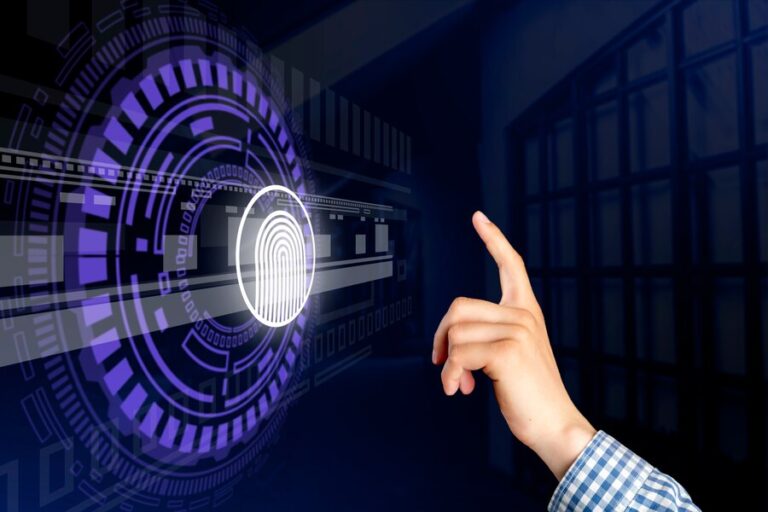BKP No Sensor is a term that refers to a type of sensor technology used in various applications, particularly in the field of electronics and engineering. While the specific details of BKP No Sensor may vary depending on the context in which it is used, it generally refers to a sensor system that operates without the need for traditional sensors or detectors. In this article, we’ll explore what BKP No Sensor entails, its applications, and its significance in different industries.
What is BKP No Sensor?
BKP No Sensor is a technology that eliminates the need for traditional sensors or detectors by utilizing alternative methods for sensing and detection. Instead of relying on dedicated sensor components, BKP No Sensor systems often leverage advanced algorithms, machine learning, and artificial intelligence to analyze data and detect changes or anomalies in the environment.
How Does BKP No Sensor Work?
The exact workings of BKP No Sensor technology can vary depending on the specific application and implementation. However, in general, BKP No Sensor systems utilize data from existing sources, such as cameras, microphones, or other sensors, and process this data using sophisticated algorithms to identify patterns, trends, or abnormalities. By analyzing data in real-time, BKP NoSensor systems can detect events or changes in the environment without the need for dedicated sensors.
Applications of BKP No Sensor
BKP NoSensor technology has a wide range of applications across various industries, including:
- Surveillance and Security: BKP NoSensor systems can be used for surveillance and security purposes to monitor and detect intrusions, unauthorized access, or suspicious activities in both indoor and outdoor environments.
- Industrial Monitoring: In industrial settings, BKP NoSensor technology can be used to monitor equipment, machinery, and processes for abnormalities or malfunctions, helping to prevent downtime and improve operational efficiency.
- Smart Cities: BKP NoSensor systems can contribute to the development of smart cities by monitoring traffic flow, environmental conditions, and public safety in urban areas, helping to optimize city infrastructure and services.
- Healthcare: In healthcare, BKP NoSensor technology can be used for patient monitoring, fall detection, and activity tracking, allowing caregivers to provide timely assistance and support to individuals in need.
- Environmental Monitoring: BKP NoSensor systems can be deployed for environmental monitoring purposes to track air quality, water pollution, and other environmental factors, helping to safeguard ecosystems and public health.
Significance of BKP No Sensor
BKP NoSensor technology offers several advantages over traditional sensor systems, including:
- Cost-Effectiveness: BKP NoSensor systems can often be implemented at lower costs compared to traditional sensor systems, as they may utilize existing infrastructure or data sources.
- Flexibility: BKP NoSensor technology is highly flexible and adaptable to different environments and applications, allowing for versatile deployment and integration into existing systems.
- Scalability: BKP NoSensor systems can scale easily to accommodate changing requirements or expanding operations, making them suitable for both small-scale and large-scale deployments.
- Efficiency: By leveraging advanced algorithms and artificial intelligence, BKP NoSensor systems can analyze data in real-time and provide timely insights or alerts, improving responsiveness and decision-making.
Conclusion
BKP No Sensor technology represents a new frontier in sensing and detection, offering innovative solutions to monitoring and surveillance challenges across various industries. With its flexibility, scalability, and efficiency, BKP NoSensor technology has the potential to revolutionize how we perceive and interact with our environment, paving the way for safer, smarter, and more sustainable communities.
FAQs
- What is BKP NoSensor?
- BKP NoSensor refers to a type of sensor technology that operates without the need for traditional sensors or detectors. Instead, it utilizes advanced algorithms, machine learning, and artificial intelligence to analyze existing data sources and detect changes or anomalies in the environment.
- How does BKP NoSensor work?
- BKP No Sensor systems analyze data from existing sources, such as cameras, microphones, or other sensors, using sophisticated algorithms to identify patterns, trends, or abnormalities. By processing data in real-time, BKP NoSensor systems can detect events or changes without the need for dedicated sensors.
- What are the applications of BKP NoSensor?
- BKP NoSensor technology has applications in various industries, including surveillance and security, industrial monitoring, smart cities, healthcare, and environmental monitoring. It can be used for tasks such as intrusion detection, equipment monitoring, traffic management, patient monitoring, and environmental protection.
- What are the advantages of BKP NoSensor technology?
- BKP NoSensor technology offers several advantages, including cost-effectiveness, flexibility, scalability, and efficiency. It can often be implemented at lower costs compared to traditional sensor systems, and it is highly adaptable to different environments and applications. Additionally, BKP NoSensor systems can scale easily to accommodate changing requirements and provide timely insights or alerts.
- Is BKP NoSensor technology widely adopted?
- BKP NoSensor technology is still relatively new and may not be as widely adopted as traditional sensor systems in certain industries. However, its flexibility, scalability, and efficiency make it an attractive option for organizations looking to modernize their sensing and detection capabilities.

